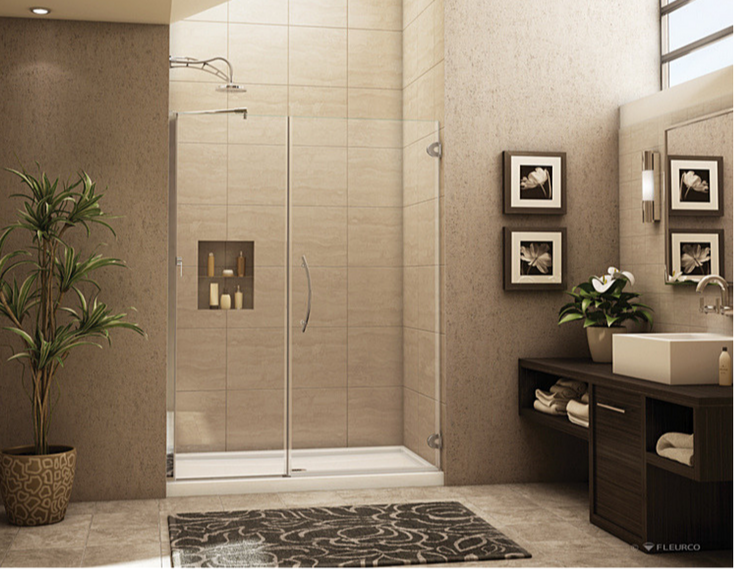5 Solutions to Acrylic Washroom Issues
5 Solutions to Acrylic Washroom Issues
Blog Article
{This Post Each person may have his or her own rationale in relation to Finding the Right Plumbing Expert. We recommend that you clean your acrylic bathing product made of Delta ProCrylic or Acrylic with Innovex Technology with non-abrasive soaps and cleaners, such as: When it’s time to clean, always use a terry cloth towel, soft cloth or sponge to avoid scratching the acrylic surface. Don’t use abrasive scrubbing pads, steel wool or sponges, cause permanent damage to the acrylic material. If you use a drain cleaner or clog remover, be sure to rinse thoroughly with water so no product is left standing near the drain. Some chemicals and cleaners may deteriorate acrylic surfaces, causing cracks and, potentially, property damage. To avoid this, don’t use cleaning products that state on their label that they are not suitable for use on Acrylic, ABS, Polystyrene or Plastic. Be sure to check the label of any product before you apply it to the surface; it’s easier to avoid damage than to try to remedy it. Chemicals we do not recommend using to clean acrylic showers/tubs: When you’re ready to apply sealant, a little planning goes a long way. Pick up some painter’s tape and use it to mask off the seam to help make cleaning up easier. When you’re applying the bead, use a constant, steady speed to avoid an uneven finish. Use a caulk tool or a plastic spoon to work the sealant into the joint. Wetting the tool with denatured alcohol will help create a smooth finish. Follow the directions on the back of the tube for cure time. Certain chemicals and cleaners may deteriorate acrylic surfaces, causing cracks and, potentially, property damage. After you’re finished applying it, clean up the product surface and remove any excess sealant with denatured alcohol. Don’t use solvents (turpentine, lacquer thinner, mineral spirits, paint thinner, MEK, xylene, acetone, naphtha, etc.) that can wreak havoc on an acrylic surface. With a little care and consideration, you can prevent damage to your acrylic shower or tub. Keep a supply of soft cloths handy and remove any damaging products or abrasive scrubbing items from the bathroom to ensure they aren’t around when it’s time to clean. https://www.deltafaucet.com/design-innovation/inspiredliving/how-to-clean-acrylic-shower I stumbled upon that article on Finding the Right Plumbing Expert when doing a lookup on the search engines. Sharing is good. You just don't know, you may just be doing someone a favor. Thank you for going through it.
Acrylic bathrooms, shower trays, and also other acrylic restroom ware have come to be a lot more common in bathrooms in current times. Thanks to contemporary chemistry we now have options to enamel and ceramic products for restroom components. These include various polers and also plastic materials. Not as sophisticated and durable as enamel and porcelain baths and fixtures, they are more economical and serve rather a lot the exact same standard function. These materials are easy to produce, shop, and also transport and also in the incidence of damages, they are quickly repaired. Some typical examples of damages to acrylic restroom components include staining, cracks, openings, and so on. Allow's take a look at several of these problems as well as fast methods of fixing them.Scraped shower or bathroom surface area
Polymer bathroom components are not abrasion-resistant like enamel ranges. Being a very soft product, acrylic scratches can also be concealed without finishing or filling. For these, you must seek expert help for your bath fixings.Chemical Reactions
In some cases, individuals try to repaint the entire surface area of their acrylic bathroom by themselves either because they do not such as the shade to conceal acnes. You must never ever utilize paint cleaner on acrylic baths. Paint eliminators do not respond with the surface area of metal baths, they damage acrylic bathrooms irreversibly.Bath Discoloration
With long term use acrylic baths comes staining or staining. While some discolorations can be gotten rid of easily, using special chemicals, others need that the bath be resprayed. It is important to keep in mind that bleach or detergents do really little in eliminating such staining as well as they may also worsen it. The majority of times, these cleaning agents cause staining in time. Aromatherapy oils loosen the dirt in many cases thereby recovering the bath to its previous magnificence. Cleansing and polishing likewise often. For more persistent stains, you will certainly require a brand-new layer of layer. This sort of dealing with will certainly call for a specialist.Cracked Acrylic Baths
The life expectancy of acrylic as well as fiberglass bathrooms is up to 15-20 years for shower pans and baths, typically. Cracks in an acrylic shower tray are probably among the most convenient issues to repair for a repair service expert. The very best part is you get to see the results practically right away. This is the same for PVC, resin, and also various other such materials. A min split should be attended to promptly prior to it spreads more leading to extra serious damages. While these can be fixed on a budget plan tackily, an expert can assist you get it done with even more skill for a fee. Quick residence fixes can be finished with epoxy resins yet if the result turns out inadequately, this would certainly make the repair more tough for a specialist.
Acrylic bathrooms, shower trays, and also various other acrylic washroom ware have actually ended up being much more typical in restrooms in recent times. You should never ever use paint cleaner on acrylic baths. Paint cleaners do not respond with the surface area of metal baths, they destroy acrylic bathrooms irreversibly. With prolonged use of acrylic bathrooms comes staining or staining. The life-span of acrylic as well as fiberglass bathrooms is up to 15-20 years for shower pans and also baths, usually.How to clean Acrylic shower
USE THESE NON-ABRASIVE CLEANERS
DO NOT USE THESE CLEANERS
Sealant Application Tips

Schedule A Service